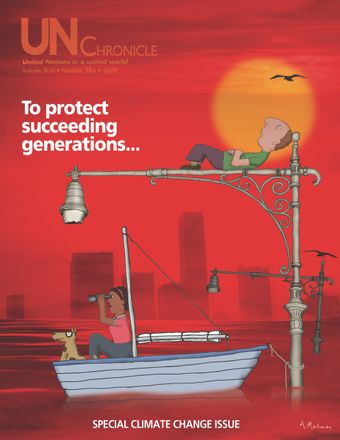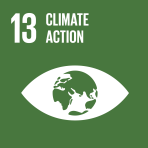-
Livelihoods in peril indigenous peoples and their rights
- Source: UN Chronicle, Volume 46, Issue 4, Apr 2012, p. 21 - 23
- French
-
- 17 Apr 2012
Abstract
Inuit hunters in northern Greenland are treading carefully on increasingly thinning ice, while at the same time the key marine species they depend on—seals, walrus, narwhals and polar bears—are moving away from the areas in which they are traditionally hunted, as they in turn respond to changes in local ecosystems. In the high ranges of the Himalaya, Sherpa, Tamang, Kiranti, Dolpali and other indigenous groups are witnessing the melting of glaciers; the same is true in other mountain regions of the world such as the Peruvian Andes, where the indigenous Quechua report that they are worried when they look at the receding glaciers on their mountain peaks. In the Kalahari Desert, the San have learnt to deal with the periodic but all-too-frequent occurrence and experience of hunger and poverty arising from a combination of economic, political, environmental and climatic events. The San, like other indigenous peoples, have had to devise ingenious strategies to cope with environmental change and its consequences, yet they are reporting that the character of such change is now different than many remember. All over the world, indigenous peoples are confronted with unprecedented climate change affecting their homelands, cultures and livelihoods.




